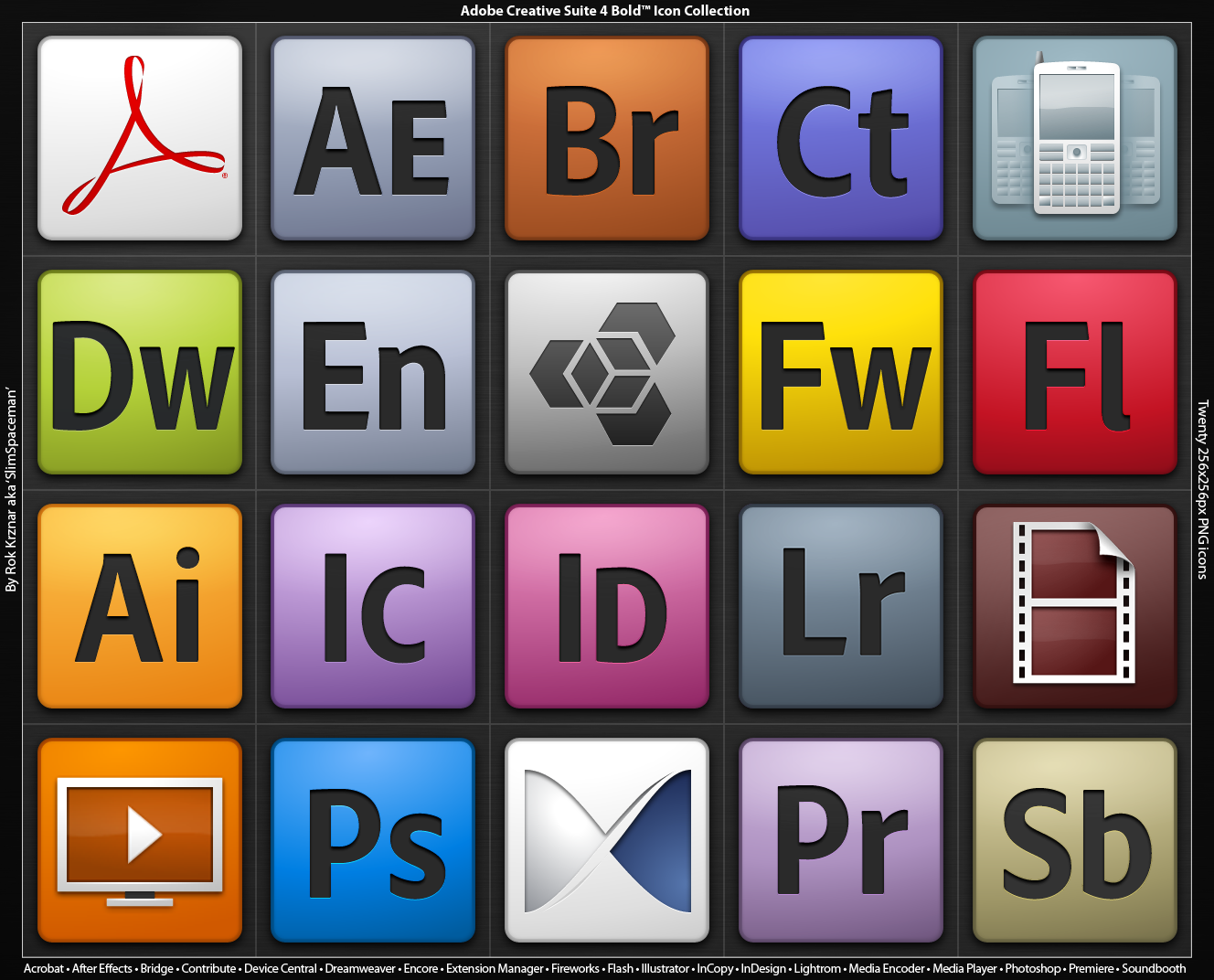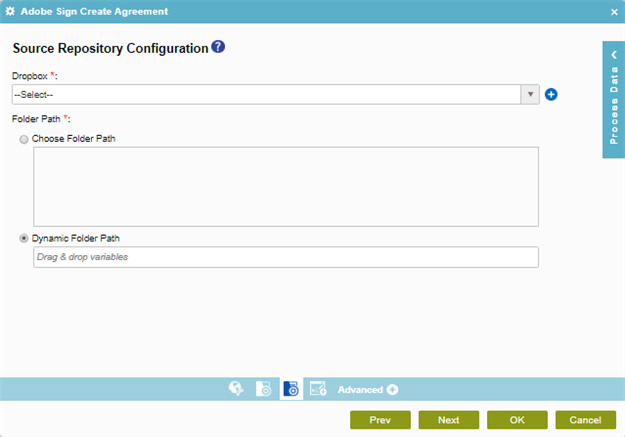

When you consider the total cost to provide complete assurance of your Adobe AEM site, the costs skyrocket compared to what you get with an Acquia Platform subscription. For example, what happens when your AEM site breaks because of a bad code deploy? Acquia provides total application assurance in the form of supporting the entire digital lifecycle of the project from development through testing and production. While Adobe AEM can certainly be deployed in the cloud in places like Rackspace and Amazon, and Adobe does offer some management tools for deploying sites, the company doesn’t support the site itself.


Ironic, given Adobe AEM lives under the “Marketing Cloud” Adobe brand. Not surprisingly, the TCO document completely ignores the cloud, because this is an obvious weakness for Adobe. And when companies work with Acquia, we provide support for all application components, including the database, so there's no need for separate database support. But Drupal runs on the LAMP stack, which, like CRX, is also free. It's a slick architecture, and it’s one of the reasons that Adobe does well against legacy proprietary web content management companies like Oracle and SDL Tridion that require expensive database licenses and hardware.īut Adobe seems to think the same is true of Drupal - that Drupal requires over $100,000 of database software licenses and support to achieve what Adobe provides for free with CRX. The CRX repository comes with the AEM application and doesn't require a separate license. The main argument is that Drupal requires additional database servers, software licenses, and support, while Adobe doesn't.Īdobe AEM is built on the CRX repository, a standards-based Java Content Repository that came to Adobe via its Day Software acquisition. This section of the Adobe TCO document lists out the hardware components needed to run Drupal and Adobe sites e.g. If you'd like to learn more, read on! Infrastructure

For TL DR people, here’s my takeaway:Īdobe’s sales team is feeling the impact of Drupal more than ever and is resorting to desperate and reckless tactics that undermine the credibility of everything they tell prospects about Drupal and Acquia. I’ve read the document, and the total cost of ownership calculation makes hugely incorrect assumptions about Drupal in the areas of hardware cost and infrastructure, implementation cost, and support. The TCO document claims a typical Drupal project costs nearly 70% more than Adobe AEM, with example three years' costs of approximately $2.4m for Adobe AEM and $4m for Drupal. We’ve been told by multiple customers that Adobe had an “unbiased partner” create a total-cost-of-ownership (TCO) document to compare Adobe AEM vs. As Acquia begins to compete more often with Adobe Experience Manager (AEM) in enterprise web content management selections, I'm coming across a set of common objections coming from prospects after they speak with Adobe.


 0 kommentar(er)
0 kommentar(er)
